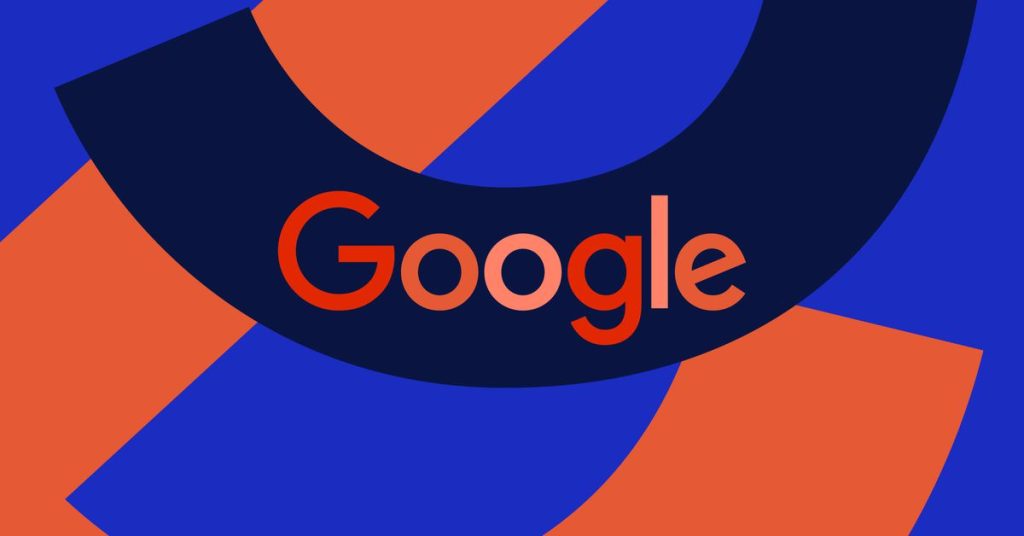
Imagine if Clippy didn’t suck and instead made genuinely helpful suggestions to ensure the content you create is accessible to as wide an audience as possible. That’s the idea behind a new tool Microsoft announced today at its annual Microsoft Ability Summit. The new “Accessibility Assistant” for Microsoft 365 office software is like a spelling or grammar checking tool that will instruct users on how to prevent and correct accessibility issues in real time when creating content.
A new person-shaped icon will be used to flag the location of accessibility issues across your work, such as low contrast between text and background — the most frequent accessibility issue that occurs in Word documents, according to Microsoft. The Accessibility Assistant will begin rolling out “in the coming weeks” and will eventually replace Microsoft 365’s current Accessibility Checker, a similar tool that checks to see if content is legible for people with disabilities — but only after you ask it to.
Microsoft also announced that customizable 3D-printed attachments and grips will be available for the Surface Pen later this year. These adaptive accessories make it easier for users with mobility issues to hold and control a pen stylus and are already available for the Microsoft Business Pen and Microsoft Classroom Pen 2.
Support for 13 new African languages, including Yoruba, Hausa, and Igbo, has been added to Microsoft’s Translate tool, which enables users to communicate around both language and accessibility barriers with text-to-speech and verbal translations. And finally, LinkedIn is adding automatically generated alt text descriptions and captioning utilizing Azure Cognitive Services, Microsoft’s collection of cloud-based AI features for developers. Microsoft notes that 40 percent of LinkedIn posts contain at least one image, and while auto-generated captions and image descriptions tend to have some issues, it’s certainly better than nothing.
Microsoft’s Accessibility Assistant doesn’t have much going for it yet, initially offering similar features to the Accessibility Checker it’s destined to supersede. But seeing how comparable it is to correctional tools like Grammarly (at least visually speaking) is neat, and with more updates, who knows what kind of issues it’s going to lay bare for me. I fearfully look forward to being humbled by my potentially inaccessible writing habits.

 Latest Breaking News Online News Portal
Latest Breaking News Online News Portal




